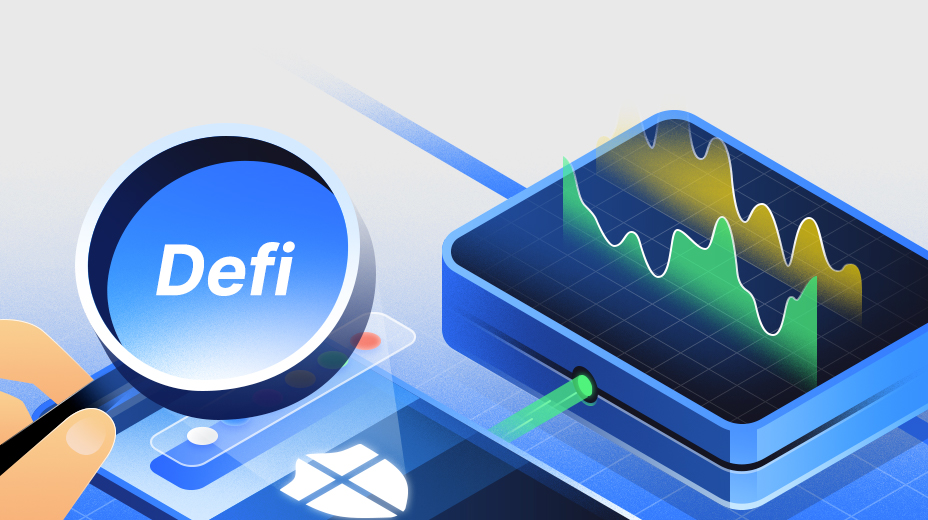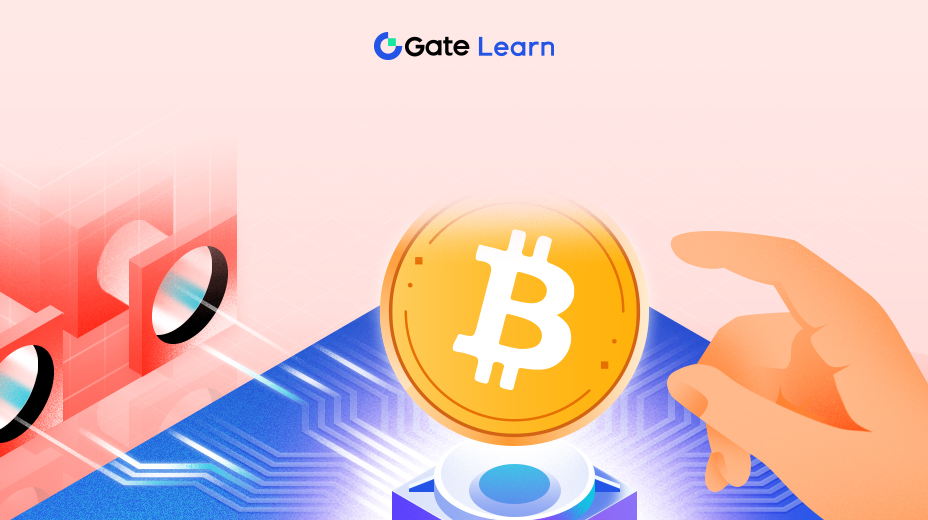DePIN和社區參與
模塊2侧重於社區參與在派幣中的關鍵作用。我們將研究派幣內的代幣化過程,社區成員的各種角色和激勵措施,以及由社區主導的項目的現實案例。該模塊突出了社區參與如何推動派幣倡議的成功和可持續性。
DePIN中的代幣化
DePIN中的代幣化是指將對資產的權利轉換為區塊鏈上的數位代幣的過程。這種方法在DePIN中至關重要,因為它允許在網絡中表示所有權或權利。這些代幣可以代表各種價值形式,包括訪問權、所有權份額或對網絡的貢獻。它們對於激勵參與和投資去中心化基礎設施項目至關重要。
舉例來說,在 Helium 項目中,參與者可以通過購買 Helium 挖礦機來挖礦代幣,從而促進網絡的擴張。同樣地,通過提供存儲空間和網絡頻寬,各種 DePIN 項目的參與者可以賺取代幣。這種直接的參與和對網絡基礎設施的貢獻得到獎勵,創造了努力和補償之間的有形聯繫。
另一個例子是Theta網路,用戶可以通過共用他們的備用頻寬和計算資源來獲得代幣,用於視頻流。這不僅增強了流媒體服務,而且還用Theta代幣獎勵使用者,激勵他們參與網路。
在渲染網路中,數位藝術家和平面設計師可以利用該平臺進行渲染服務,並使用RNDR令牌付款。相反,具有空閒 GPU 能力的使用者可以通過為渲染任務提供計算資源來獲得 RNDR 代幣,從而使對高端渲染功能的訪問民主化。
DePIN 生態系統中的代幣通常通過稱為初始硬幣發行 (ICO) 或代幣生成事件的過程創建和分發。這個過程涉及向專案的早期支援者發行數位代幣以換取資金。然後,這些代幣可以在各種加密貨幣交易所進行交易,為代幣持有者提供流動性和價值。這些代幣的價值通常與DePIN專案的成功和效用有關,進一步將貢獻者的努力與他們獲得的獎勵聯繫起來。
通證化使得更多人可以參與投資基礎設施項目。傳統上,這是大型投資者或政府實體的領域。通證化使得任何人都可以參與並投資基礎設施項目,即使只有少量資本。這為社區驅動的發展開辟了新機會,並讓更廣泛的人群從基礎設施項目的增長和成功中受益。
在DePIN模型中,代幣也可用於激勵某些行為或貢獻。例如,代幣可能會授予為維護網路做出貢獻的參與者或共用其未使用資源(如存儲空間或計算能力)的參與者。這種激勵機制確保網路保持運營和高效,因為參與者因有利於整個網路的行動而獲得獎勵。
代幣化在管理和運營基礎設施網絡方面引入了新的靈活性水平。 代幣可以通過智能合約編程具有特定的規則和條件。 這允許根據預定準則自動執行某些操作,例如根據預定準則分發獎勵或分配資源。 這種自動化降低了對中間商的需求,使DePIN網絡的運作更加高效和透明。
社區角色與獎勵

在 DePIN 中,社區參與對於網絡的發展和可持續性至關重要。社區成員可以擔任各種角色,如貢獻者、開發人員、驗證者或用戶。每個角色對於網絡的運作至關重要,通常通過分發代幣來激勵。貢獻者可以提供物理資源,如伺服器空間或能源,開發人員可以為軟件和技術做出貢獻,驗證者確保交易的完整性,而用戶則利用網絡提供的服務。
DePIN 網路中對社區成員的激勵與他們的貢獻密切相關。例如,幫助維護區塊鏈安全性和完整性的驗證者可能會收到代幣作為對他們努力的獎勵。這不僅補償了他們的工作,而且還鼓勵了他們對網路的更高水平的承諾和參與。同樣,改進網路軟體或引入新功能的開發人員可以獲得代幣獎勵,使他們的興趣與網路的成功保持一致。
社區成員也可以獲得激勵,參與治理和決策過程。在許多 DePIN 項目中,代幣持有者對關鍵決策有發言權,例如對網絡協議的更改或資金分配的決定。這種參與式方法確保了網絡以反映其用戶的利益和需求的方式發展,從而促進更加用戶中心的基礎設施發展。
DePIN網路中獎勵的分配通常通過智慧合約進行管理,智慧合約根據預定義的規則和標準自動執行流程。這確保了獎勵分配的公平性和透明度,因為規則被編碼在區塊鏈中並且是不可變的。它還允許更高效和可擴展的激勵系統,因為代幣的分配可以自動處理,而無需手動干預。
DePIN中的社區激勵不僅促進了網絡的參與和投資,還幫助建立了參與者的所有權感和責任感。當社區成員直接投資於網絡的成功時,他們更有可能積極貢獻並致力於其可持續性和增長。這創造了一個良性循環,網絡的成功進一步激勵了參與和投資,從而促使更強大和更具彈性的基礎設施生態系統的形成。
社區主導專案的案例研究
一個值得注意的社區主導的 DePIN 項目是紐約的布魯克林微型電網。該項目利用區塊鏈技術創建本地化能源市場,居民可以在其中購買和出售當地生成的太陽能電力。擁有太陽能電池板的參與者可以將多餘的能量出售給沒有自己的電池板的鄰居,交易記錄在區塊鏈上。這不僅促進了可再生能源的使用,還使社區能夠更有效地管理其能源資源。
另一個例子是Helium網絡,這是一個去中心化的無線網絡,為物聯網設備提供互聯網連接。社區成員安裝了Hotspots,這是無線Gate.ioway和區塊鏈挖礦設備的組合。通過提供網絡覆蓋,他們可以賺取Helium代幣,激勵網絡的擴展。這種模式導致網絡覆蓋範圍快速增長,展示了社區激勵在基礎設施建設中的有效性。
在農村地區,DePIN項目在提供基本服務方面發揮了重要作用。例如,一些項目專注於去中心化供水系統,社區成員參與系統的維護和運營,作為回報,他們獲得可以用來支付用水或其他服務的代幣。這種方法不僅改善了對清潔水的接觸,還確保系統由使用者維護和管理。
奧地利維也納市也嘗試過使用 DePIN 的方式,採用基於區塊鏈的代幣系統,旨在獎勵市民採取有益行為,例如使用公共交通工具或參與回收計畫。所賺取的代幣可用於兌換各種獎勵,鼓勵可持續發展和社區導向的行為。
在電信行業中,像 Althea 這樣的項目允許用戶建立去中心化的互聯網服務網絡。參與者託管網絡節點,並以加密貨幣作為補償,用於通過其部分網絡的數據。這種模式使社區能夠建立並從自己的互聯網基礎設施中受益,尤其是在傳統互聯網服務提供商不存在的服務不足地區。
這些案例研究展示了DePIN潛力,讓社區能夠發展、管理並從自己的基礎設施中受益。通過利用區塊鏈技術和代幣化,這些項目打造了一種更具包容性、高效和可持續的基礎設施發展方式,由社區成員自身的需求和貢獻驅動。
亮點
- DePIN中的代幣化涉及將權利或資產轉換為區塊鏈上的數位代幣,激勵參與和投資去中心化基礎設施專案。
- DePIN社區成員扮演著貢獻者、開發者、驗證者或用戶等角色,基於代幣的激勵使他們的貢獻與網絡的成功相一致。
- 智慧合約在DePIN中自動分配激勵,確保公平和效率,並促進社區參與治理和決策。
- 像布魯克林微網格和Helium網絡這樣的案例研究展示了成功的社區主導的DePIN項目,展示了高效的本地能源交易和去中心化的互聯網服務。
- DePIN項目展示了社區在基礎設施發展中的潛力,包括能源、電信和城市可持續發展倡議的示例。





